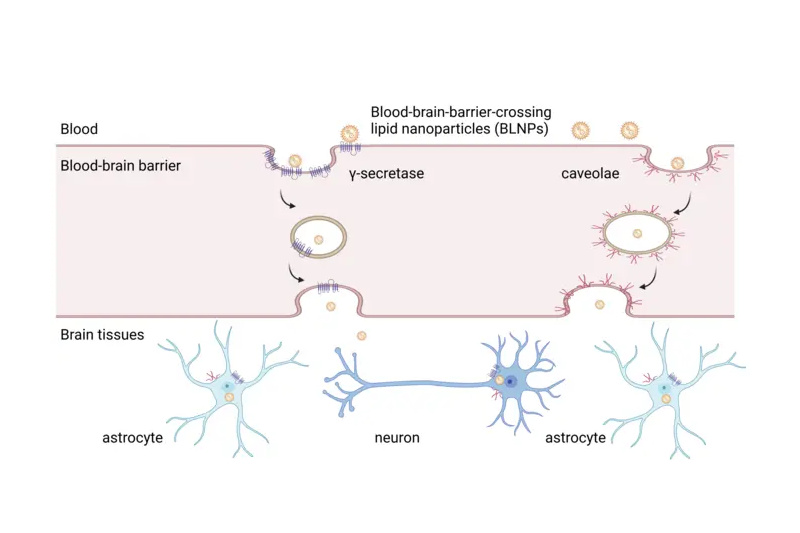

How molecules are linked together to form liquid water is the subject of a groundbreaking study due to appear Thursday, Apr. 1 in Science magazine’s advance publication web site Science Express. The investigation entitled The Structure of the First Coordination Shell in Liquid Water summarizes the results of an international collaboration headed by researchers at Stockholm University and the Stanford Linear Accelerator Center (SLAC) in California. The international team of researchers, which also involved the BESSY synchrotron lab in Berlin, Linköping University and the University of Utrecht, found that water molecules clump together much more loosely than previously thought. The authors propose that this indicates an unknown structure in the liquid, chains or rings or similar – a highly controversial statement which could signify a breakthrough in understanding liquid water.
Water was already in antiquity recognized as one of the fundamental elements in Nature. It is the most abundant substance on earth, and all known forms of life need it to exist. Yet what water really is – at least in its liquid form – is still, to a large extent, a mystery.
Water has a simple chemical formula, H2O, i.e. it consists of two hydrogens and one oxygen. In spite of the apparent simplicity, water is a complex liquid with many unusual properties and many years of intense research have still left much to learn. Even a fundamental question, such as whether or not the liquid has some structure has not been possible to answer directly until now. That is, do the molecules organize themselves in particular ways or is water completely disordered?
The molecules in the liquid and in ice bond together through socalled hydrogen bonds: the somewhat positive hydrogens in one molecule bind to the negatively charged oxygen in another. Each molecule can thus link to four others – with two links through the oxygen and one through each of its hydrogens. This arrangement with four neighbors is realized in ordinary ice. The hydrogen bond is relatively weak – it is about ten times weaker than the bonds within the molecule itself, which makes it flexible enough to be easily broken, but at the same time strong enough to guarantee that even in liquid water molecules spend most of their time bonded together by hydrogen bonds.
As we melt ice, it is easy to see that bonds are broken, there is disorder and the molecules start to move away from their optimum positions. In contrast to the static crystalline pattern in ice, hydrogen bonds in the liquid are thus formed and broken continuously on a picosecond (10-12 second) time scale. This provides flexibility but might also be one of the reasons why the fluctuating structures in the liquid are still far from being understood. So what exactly happens on a molecular level when the ice melts?
The common picture is that not “too much” happens: the consensus among researchers has been that each molecule in the liquid, at any given time, retains on the average close to four bonds. The authors point out that this estimate was based on theoretical assumptions that became commonly accepted during the past 20 years because, when applied in computer simulations, they gave results consistent with known properties of water, such as the unusually high amount of heat that is required to heat it up.
However, it is only now that this picture has been directly tested experimentally and the authors find that the established picture was wrong. The new results show that the number of bonds in the liquid is only about half of that in ice or little over 2. Each molecule could still form up to four bonds, the research suggests, but two would be of different, much looser kinds. This type of coordination would be found for chains or rings, but not in a completely disordered liquid. Furthermore, “everything happens” at the melting point; heating from room temperature to close to the boiling point had very little effect on the coordination in the liquid.
The research was the first application to the inner structure of water of a technique called X-ray absorption spectroscopy using intense x-ray sources at the Advanced Photon Source of the Argonne National Laboratory, at the Advanced Light Source of the Lawrence Berkeley National Laboratory as well as at MAX Lab, Sweden. This was combined with theoretical calculations of spectra as well as simulations of the liquid. Unfortunately, none of the tested present simulation techniques reproduce the new experimental data.
The new results reopen the hunt for the structure of liquid water. One possibility supported by the new data, the authors say, is that water molecules could arrange in chains or in rings. The new results provide an opportunity to refine the present theoretical simulation techniques to become even more reliable. Eventually, the outcome could be a better understanding of the many unusual properties of water and – last, but not least – of the ability of water to sustain the chemical reactions inside a living cell which are notoriously hard to imitate using different liquids.















